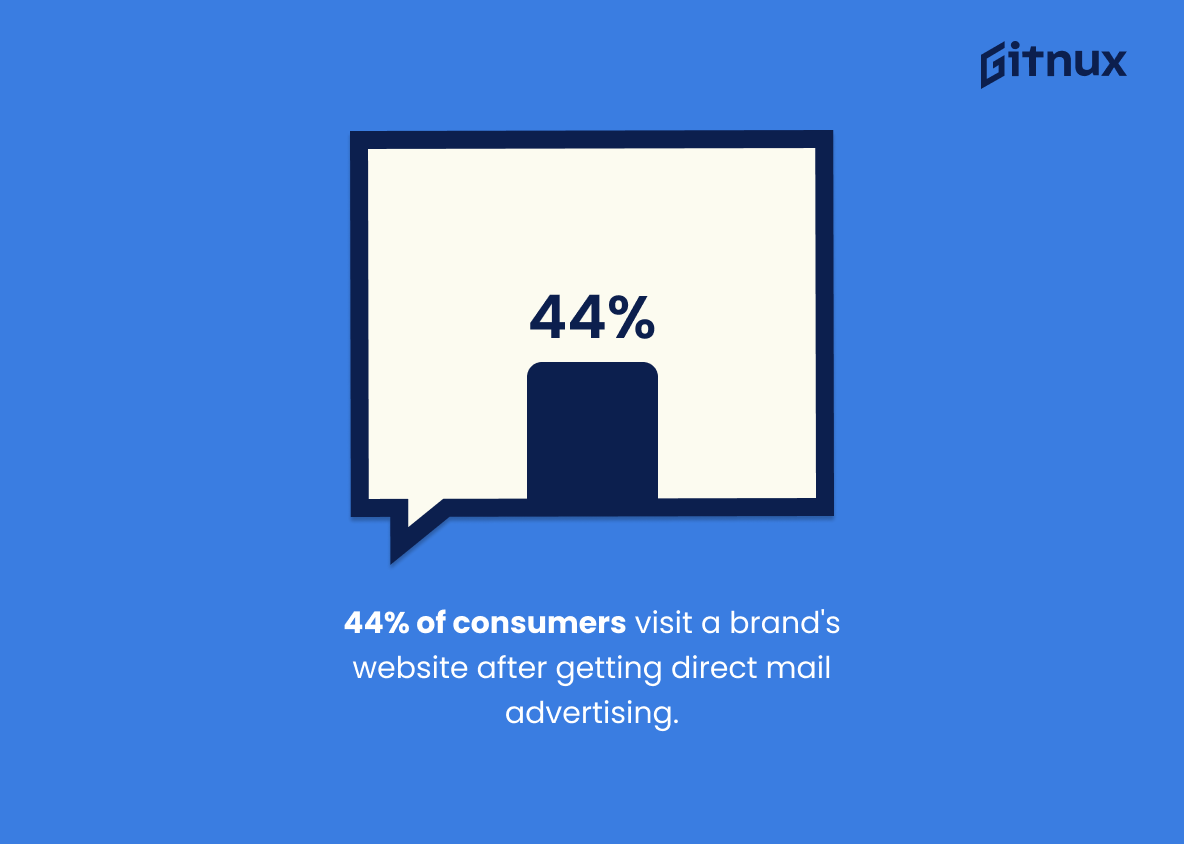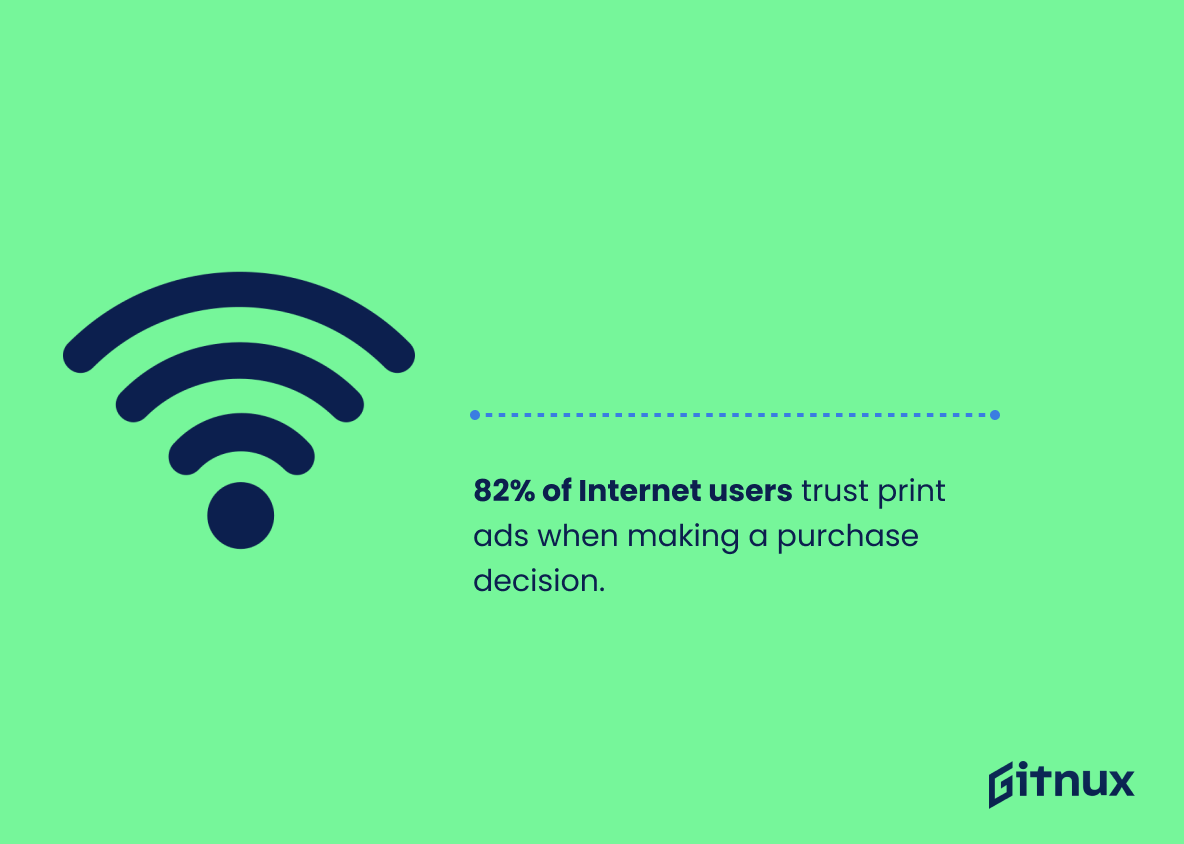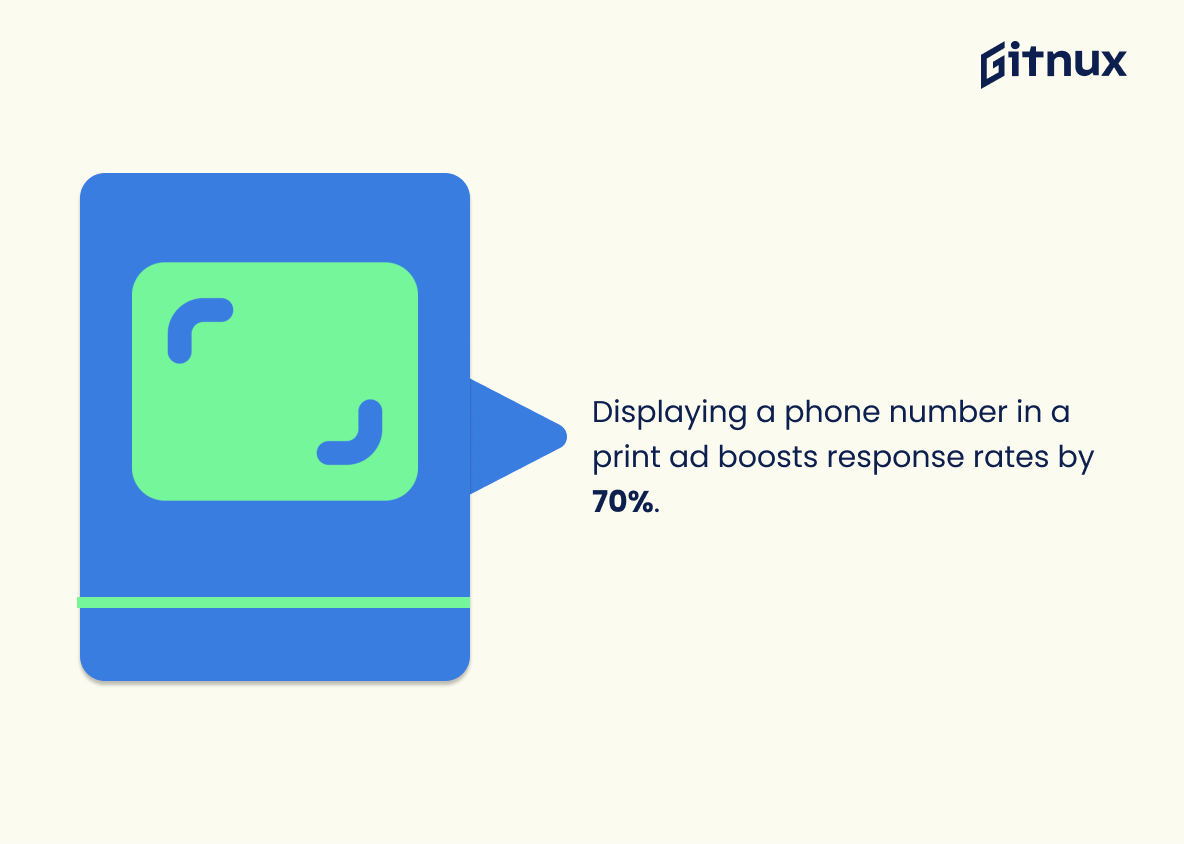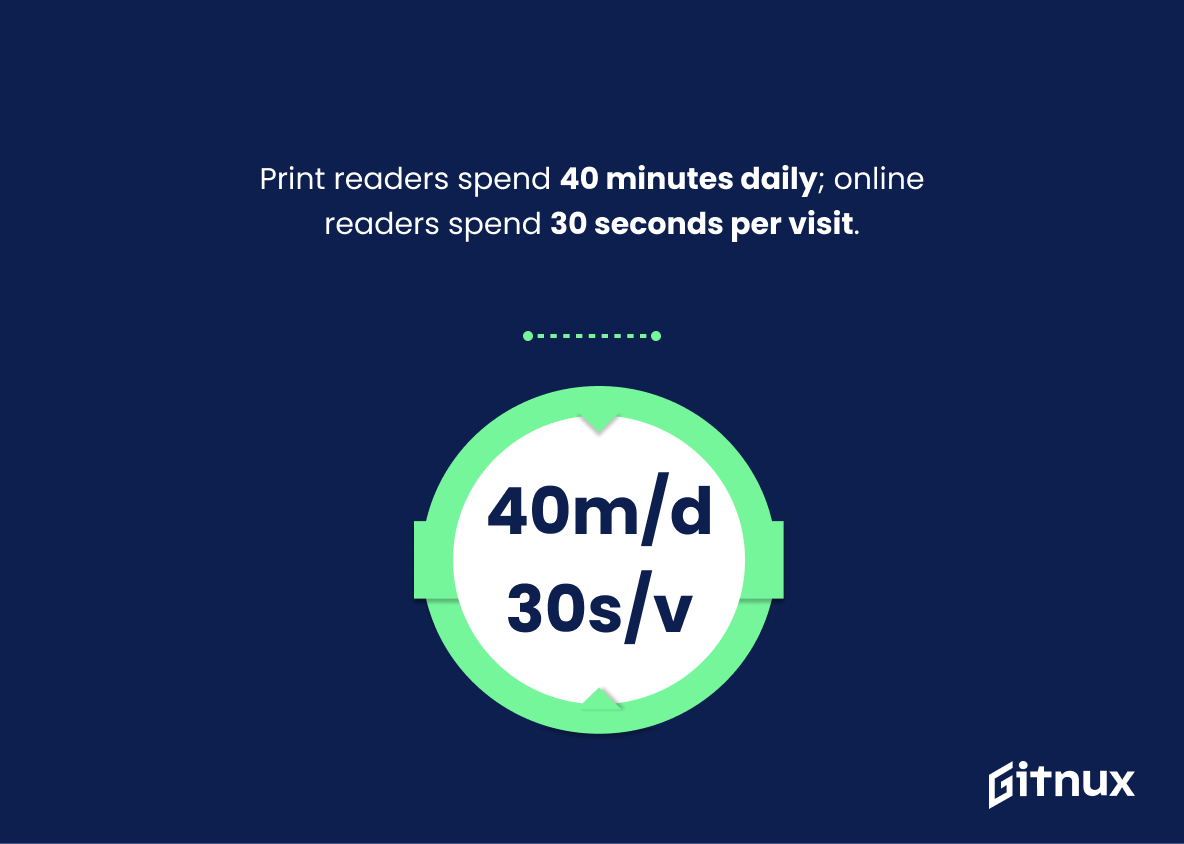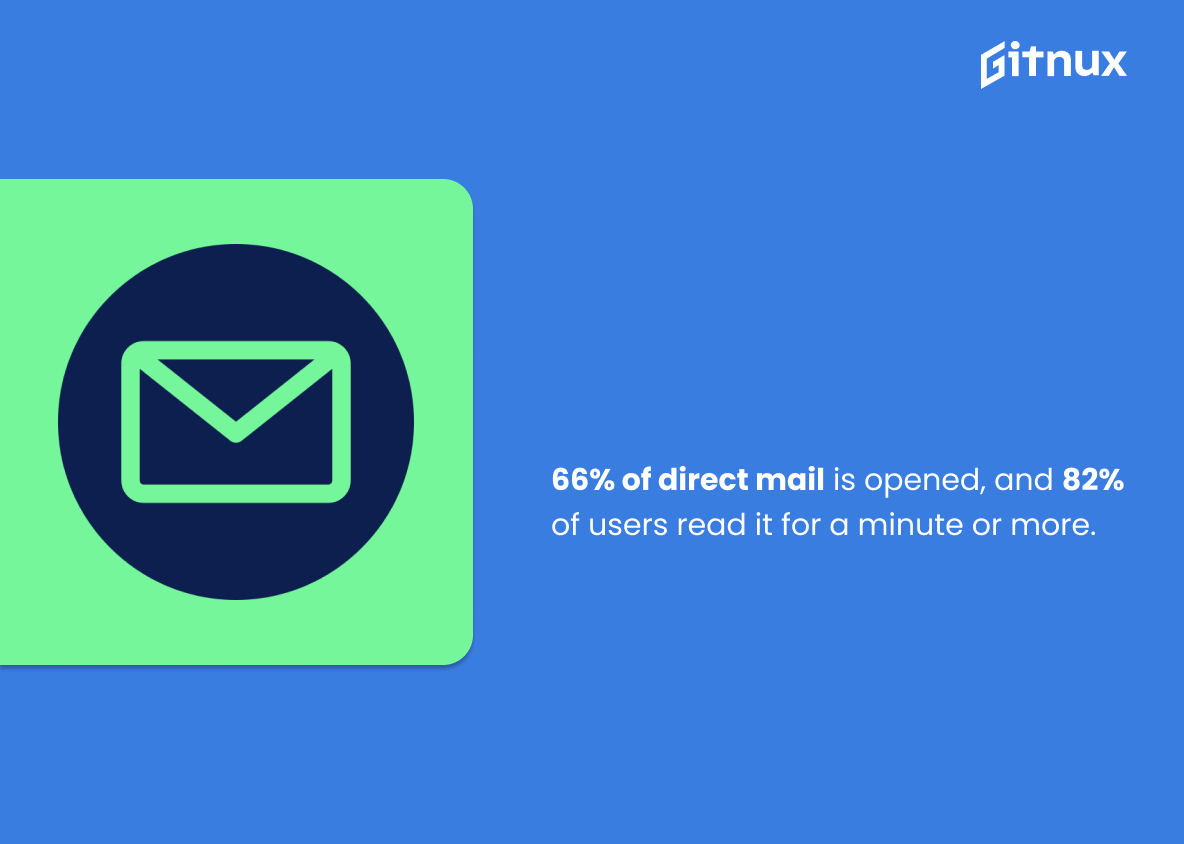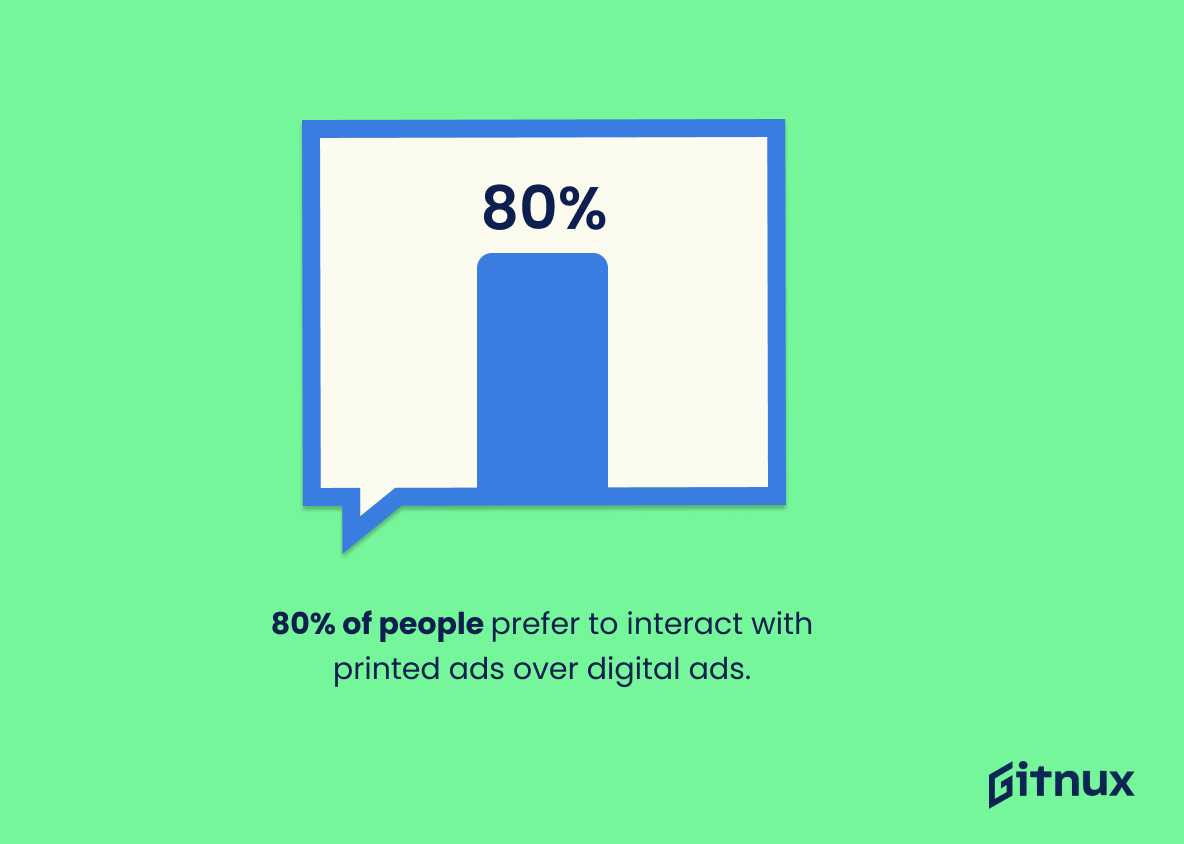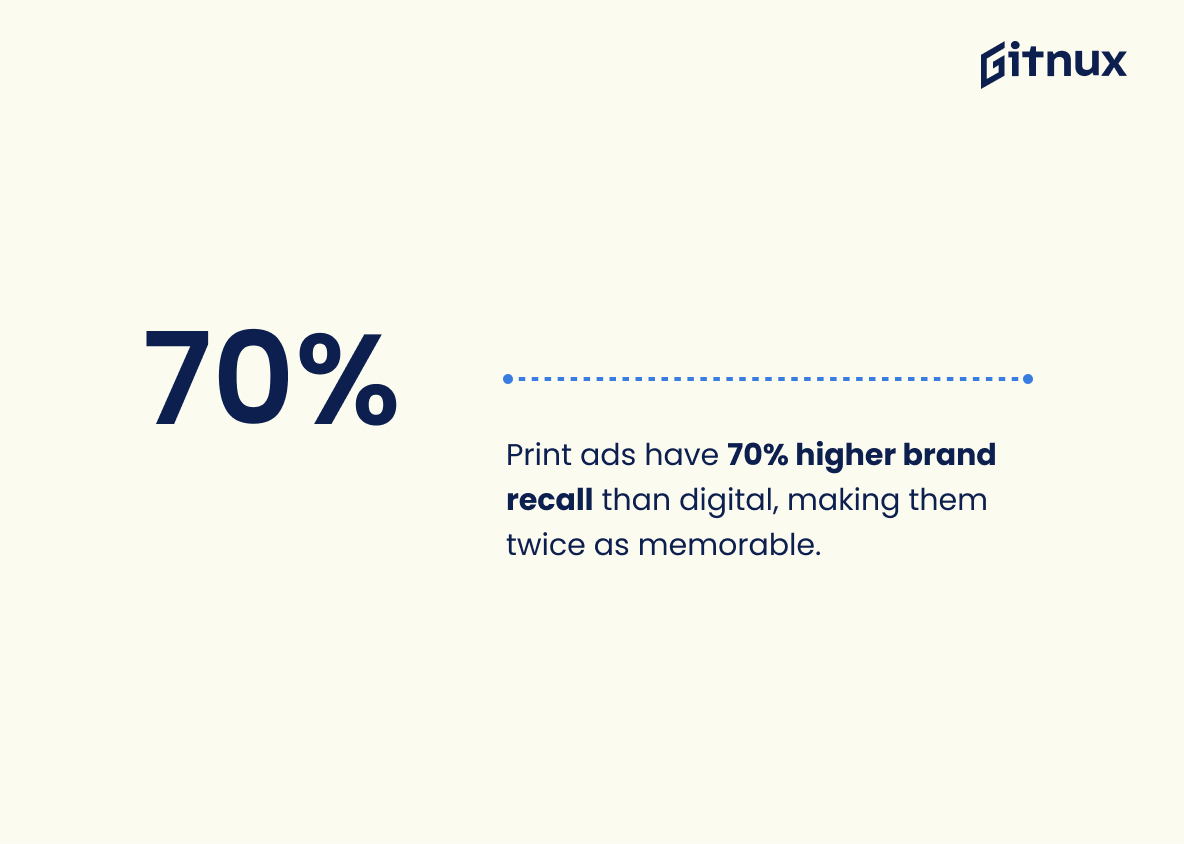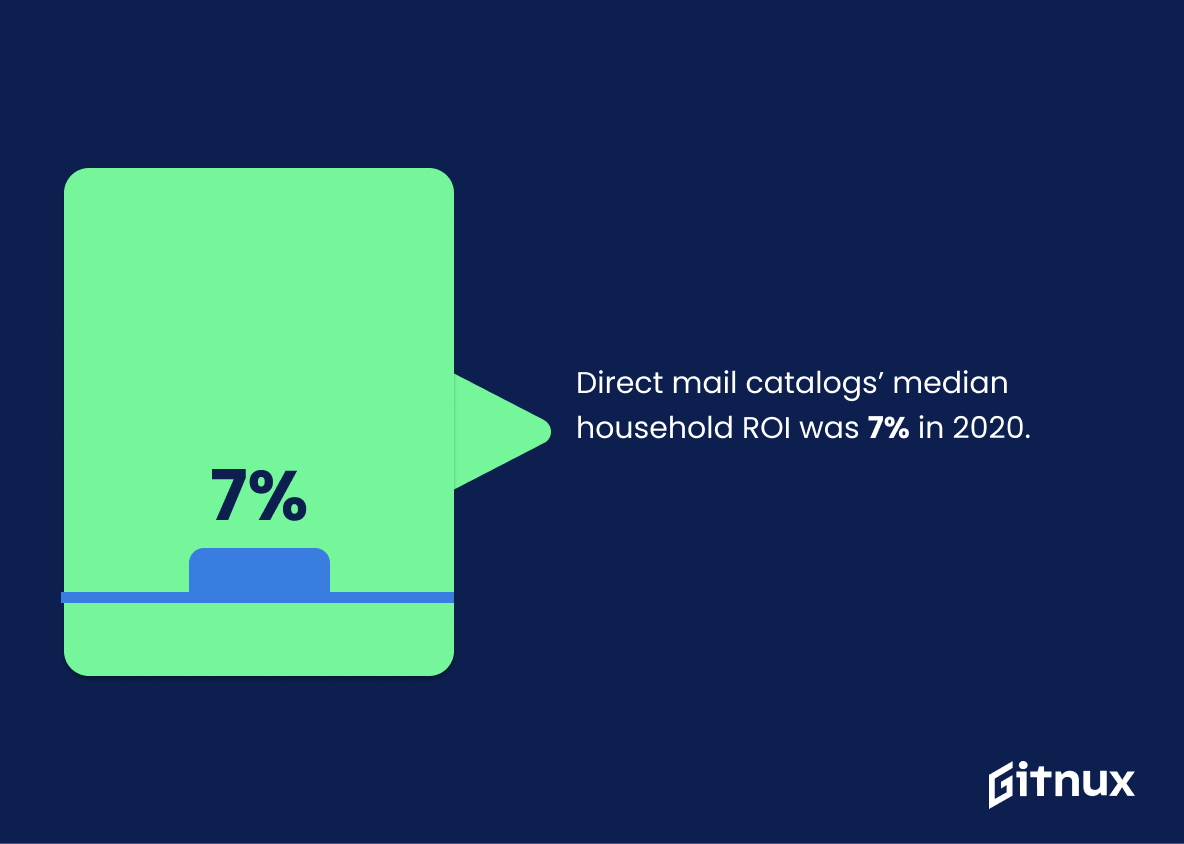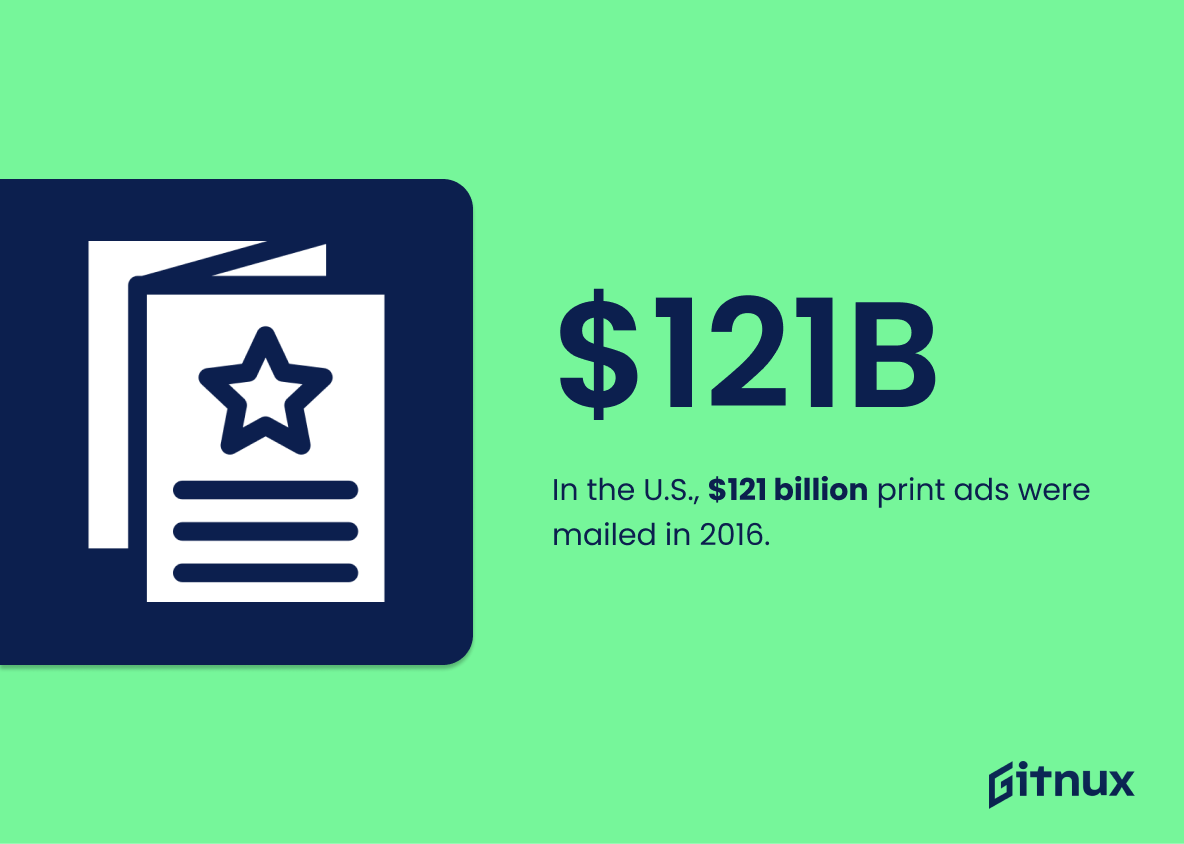Print marketing has been around for centuries, and it continues to be an effective way of reaching customers. Despite the rise in digital advertising, print still plays a major role in many businesses’ marketing strategies. To prove this point, here are 20 statistics about print marketing that demonstrate its effectiveness:
Print Marketing Statistics Overview
56% of consumers find print marketing to be the most trustworthy type of marketing.
This statistic is a powerful testament to the effectiveness of print marketing. It shows that a majority of consumers view print marketing as the most reliable form of advertising, indicating that it is a highly successful way to reach potential customers. This is an important point to make in a blog post about print marketing statistics, as it demonstrates the value of this type of marketing and encourages readers to consider using it in their own campaigns.
44% of consumers visit a brand’s website after receiving direct mail advertising.
This statistic is a testament to the power of print marketing. It shows that even in the digital age, direct mail advertising can still be an effective way to reach potential customers and drive them to a brand’s website. This highlights the importance of print marketing in today’s marketing landscape and the potential it has to reach customers and increase website traffic.
82% of Internet users trust print ads when making a purchase decision.
This statistic is a powerful testament to the effectiveness of print advertising in influencing purchase decisions. It shows that even in the digital age, print ads still have the power to sway consumer opinion and drive sales. This is an important point to consider when discussing the value of print marketing, and it should be highlighted in any blog post about print marketing statistics.
Displaying a phone number in a print ad increases response rates by an average of 70%.
This statistic is a powerful testament to the effectiveness of print marketing. It shows that including a phone number in a print ad can be a highly effective way to increase response rates. This is an invaluable insight for any business looking to maximize the impact of their print marketing campaigns.
Newspaper readers spend an average of 40 minutes per day reading print editions, while online readers spend around 30 seconds per visit.
This statistic is a powerful reminder of the power of print marketing. It shows that print editions are able to capture and hold readers’ attention for much longer than online readers, making them a valuable tool for marketers looking to reach their target audience. By investing in print marketing, businesses can ensure that their message is seen and heard by their target audience for a longer period of time.
66% of direct mail is opened, and 82% of users read it for a minute or more.
This statistic is a powerful testament to the effectiveness of print marketing. It shows that not only is direct mail opened by a majority of recipients, but that they also take the time to read it for a minute or more. This indicates that print marketing is an effective way to reach potential customers and engage them with your message.
80% of people prefer to interact with printed ads over digital ads.
This statistic is a powerful reminder of the enduring power of print marketing. It shows that even in the digital age, printed ads still have the ability to capture people’s attention and engage them in a way that digital ads cannot. This is an important insight for marketers looking to maximize their reach and effectiveness.
Brand recall is 70% higher for print ads compared to digital, making print twice as memorable as digital ads.
This statistic is a powerful testament to the effectiveness of print marketing. It shows that print ads are more likely to be remembered than digital ads, making them a valuable tool for businesses looking to make an impact with their marketing campaigns. By highlighting this statistic, the blog post can demonstrate the importance of print marketing and its ability to create a lasting impression.
Direct mail catalogs’ median household ROI was 7% in 2020.
The fact that the median household ROI for direct mail catalogs was 7% in 2020 is a testament to the power of print marketing. It shows that even in the digital age, print marketing can still be an effective way to reach customers and generate a return on investment. This statistic is a reminder that print marketing should not be overlooked when it comes to creating an effective marketing strategy.
70% of consumers say print advertising is less annoying compared to online advertising.
This statistic is a powerful indicator of the effectiveness of print advertising. It shows that consumers find print advertising to be less intrusive and more enjoyable than online advertising. This is an important point to consider when discussing the merits of print marketing, as it suggests that print advertising can be a more effective way to reach potential customers.
In the U.S., 121 billion print ads were mailed in 2016.
This statistic is a testament to the power of print marketing. It shows that despite the rise of digital marketing, print advertising is still a viable and effective way to reach potential customers. It also demonstrates the sheer volume of print ads that are being sent out, which is a testament to the effectiveness of this form of marketing.
Conclusion
Print marketing is an effective and powerful tool for businesses to reach their target audience. The statistics presented in this blog post demonstrate that print advertising has a higher recall rate than digital, generates more response rates, is seen as the most trustworthy type of marketing by consumers, and can lead to increased website visits.
Additionally, it has been shown that print ads have longer-lasting impacts on consumer memory compared to digital materials and are less annoying than online advertisements. Furthermore, direct mail catalogs had a median household ROI of 7% in 2020 while 92% of people keep them for future reference. Finally, 121 billion print ads were mailed out in 2016 alone showing its continued relevance today despite the rise of digital media platforms.
References
0. – https://www.www.roymorgan.com
1. – https://www.www.sappi.com
2. – https://www.www.marketingprofs.com
3. – https://www.www.twosidesna.org
4. – https://www.www.marketingcharts.com
5. – https://www.smallbiztrends.com
6. – https://www.bobsdigitalstorefront.wordpress.com
7. – https://www.www.psprint.com
ZipDo, cited June 2023: Print Marketing Statistics

